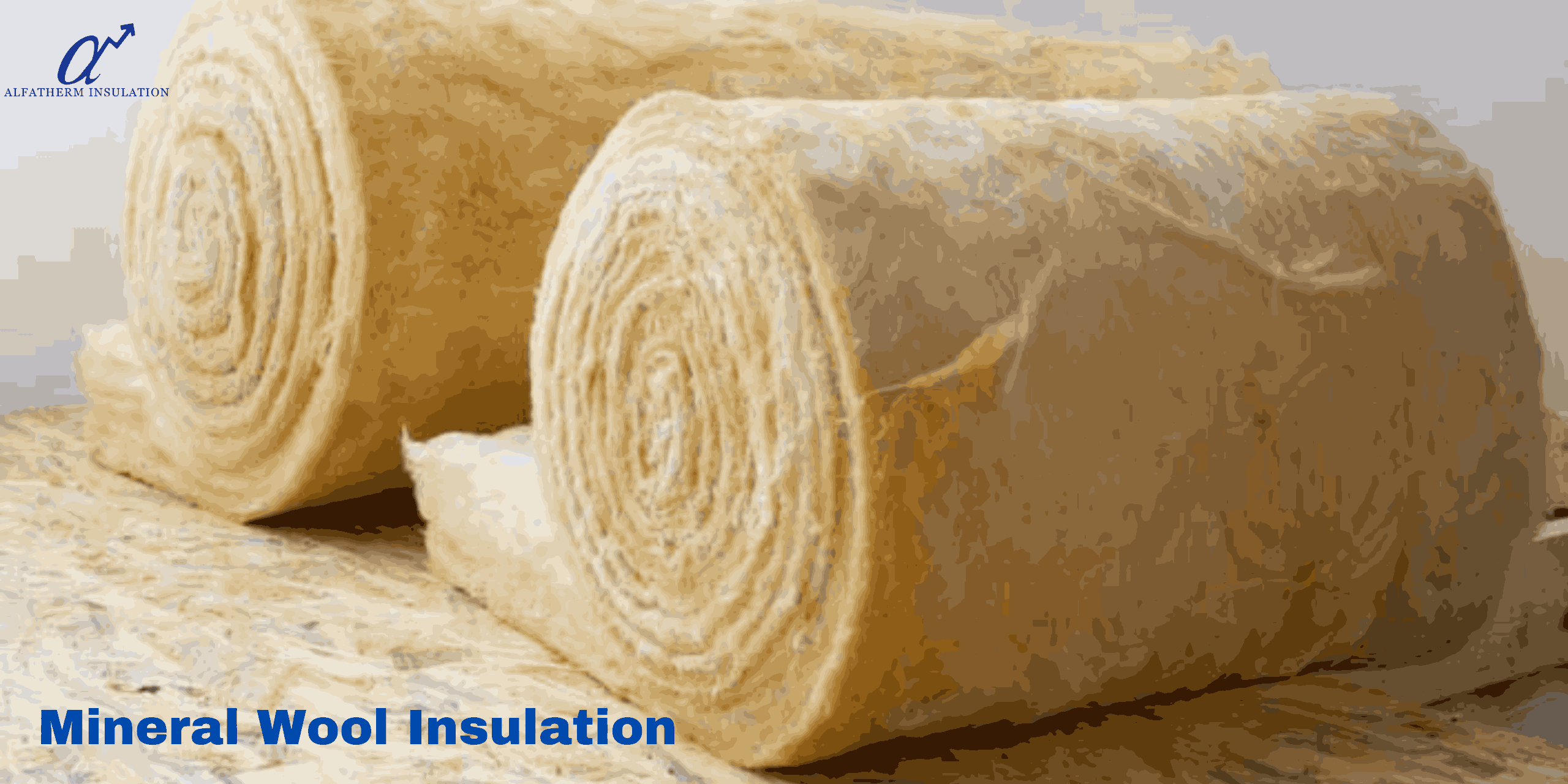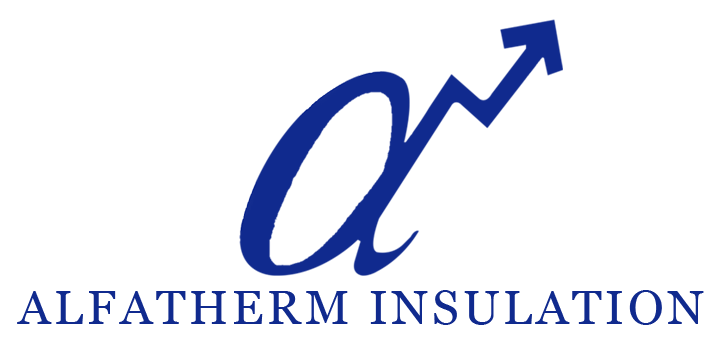
Everything to Know About Mineral Wool Insulation
Mineral Wool Insulation: An Effective Alternative For Fire Resistance And Soundproofing
When it comes to ensuring the safety and comfort of a building, insulation plays a critical role. Among the various types of insulation materials available, Mineral Wool Insulation stands out as an effective alternative for fire resistance and soundproofing. This article delves into the benefits, applications, and reasons why mineral wool insulation is a superior choice for both residential and commercial properties.
What is Mineral Wool Insulation?
Mineral Wool Insulation, also known as rock wool or stone wool, is a type of insulation material made from natural minerals like basalt or diabase. It is produced by melting these minerals at high temperatures and spinning them into fibers, which are then formed into blankets, boards, or loose-fill insulation. The result is a durable, high-performing material that excels in providing thermal insulation, fire resistance, and soundproofing.
The Benefits of Mineral Wool Insulation
Superior Fire Resistance
One of the most significant advantages of Mineral Wool Insulation is its fire resistance. Unlike other insulation materials that can ignite and spread flames, mineral wool is non-combustible and can withstand extremely high temperatures. This makes it an ideal choice for improving the fire safety of buildings, giving occupants more time to evacuate in case of a fire and potentially reducing property damage.
Excellent Soundproofing Qualities
Soundproofing is another area where Mineral Wool Insulation excels. The dense and fibrous structure of mineral wool effectively dampens sound waves, reducing noise transmission between rooms and floors. This makes it a popular choice for use in walls, ceilings, and floors, particularly in multi-family homes, office buildings, and other environments where noise reduction is crucial.
Thermal Insulation
While the focus of this article is on fire resistance and soundproofing, it’s worth noting that Mineral Wool Insulation also provides excellent thermal insulation. It helps maintain indoor temperatures by reducing heat loss in the winter and heat gain in the summer, leading to more energy-efficient buildings and lower utility bills.
Applications of Mineral Wool Insulation
Residential Buildings
In residential buildings, Mineral Wool Insulation is commonly used in walls, attics, and floors to enhance fire safety and soundproofing. Homeowners appreciate its ability to create a quieter and safer living environment without compromising on energy efficiency.
Commercial Properties
Commercial properties often have stringent fire safety and noise control requirements. Mineral Wool Insulation meets these demands, making it an ideal choice for offices, hotels, hospitals, and educational institutions. Its ability to provide reliable fire protection and sound attenuation is invaluable in these settings.
Industrial Applications
In industrial settings, Mineral Wool Insulation is used to insulate pipes, ducts, and equipment. Its high temperature resistance makes it suitable for environments where other insulation materials might fail. Additionally, its soundproofing qualities help reduce noise pollution in industrial facilities.

Installing Mineral Wool Insulation
Preparation
Before installing Mineral Wool Insulation, it’s essential to properly prepare the area. This includes measuring the space, cutting the insulation to fit, and ensuring that there are no gaps or voids that could reduce its effectiveness.
Safety Considerations
When working with Mineral Wool Insulation, safety is paramount. Wearing protective gear, such as gloves, goggles, and a dust mask, is recommended to avoid skin irritation and inhalation of fibers.
Installation Techniques
Mineral Wool Insulation can be installed using various techniques depending on the application. For walls and ceilings, it can be friction-fitted between studs or joists. In attics, it can be laid out as blankets or blown in as loose-fill insulation. For pipes and ducts, pre-formed sections of mineral wool can be used.
Comparing Mineral Wool to Other Insulation Materials
Fiberglass Insulation
Fiberglass insulation is a common alternative to mineral wool, but it lacks the same level of fire resistance and soundproofing capabilities. While fiberglass is effective at thermal insulation, it can melt at high temperatures, which is a significant disadvantage in fire-prone areas.
Foam Insulation
Foam insulation, such as spray foam or rigid foam boards, offers good thermal insulation but is often more flammable than mineral wool. Additionally, foam insulation can release toxic gases when exposed to fire, making mineral wool a safer option for fire resistance.
Cellulose Insulation
Cellulose insulation is made from recycled paper products and treated with fire retardants. While it is effective at thermal and sound insulation, it does not match the fire resistance of mineral wool. Cellulose can smolder and reignite even after the initial fire is extinguished.

Environmental Impact of Mineral Wool Insulation
Sustainability
Mineral Wool Insulation is considered environmentally friendly because it is made from abundant natural resources and often contains recycled content. Its production process requires less energy compared to some other insulation materials, contributing to a lower carbon footprint.
Longevity
One of the environmental benefits of mineral wool insulation is its longevity. It does not degrade over time, which means it does not need to be replaced as frequently as other materials. This durability translates into less waste and a more sustainable building lifecycle.
Cost Considerations
Initial Investment
The initial cost of Mineral Wool Insulation may be higher than some other types of insulation, but this investment is often offset by its superior performance in fire resistance, soundproofing, and thermal insulation.
Long-Term Savings
By improving energy efficiency and reducing the risk of fire damage, Mineral Wool Insulation can lead to significant long-term savings. Lower energy bills and potentially lower insurance premiums contribute to a more cost-effective solution over the lifespan of the building.
Regulatory Compliance
Building Codes
Mineral Wool Insulation often meets or exceeds building code requirements for fire safety and energy efficiency. Its non-combustible nature makes it an excellent choice for buildings that must adhere to strict fire regulations.
Acoustic Standards
For buildings that need to comply with acoustic standards, Mineral Wool Insulation provides the necessary soundproofing performance. This makes it easier for builders and designers to meet regulatory requirements without compromising on other aspects of the building’s performance.
Conclusion
In conclusion, Mineral Wool Insulation is a highly effective alternative for improving fire resistance and soundproofing in various types of buildings. Its superior fire resistance, excellent soundproofing qualities, and thermal insulation benefits make it a versatile and reliable choice for residential, commercial, and industrial applications. While the initial investment may be higher, the long-term benefits, including enhanced safety, comfort, and energy efficiency, make mineral wool insulation a smart choice for any construction project. By choosing mineral wool insulation, you are investing in a safer, quieter, and more sustainable future for your building.

0 comments